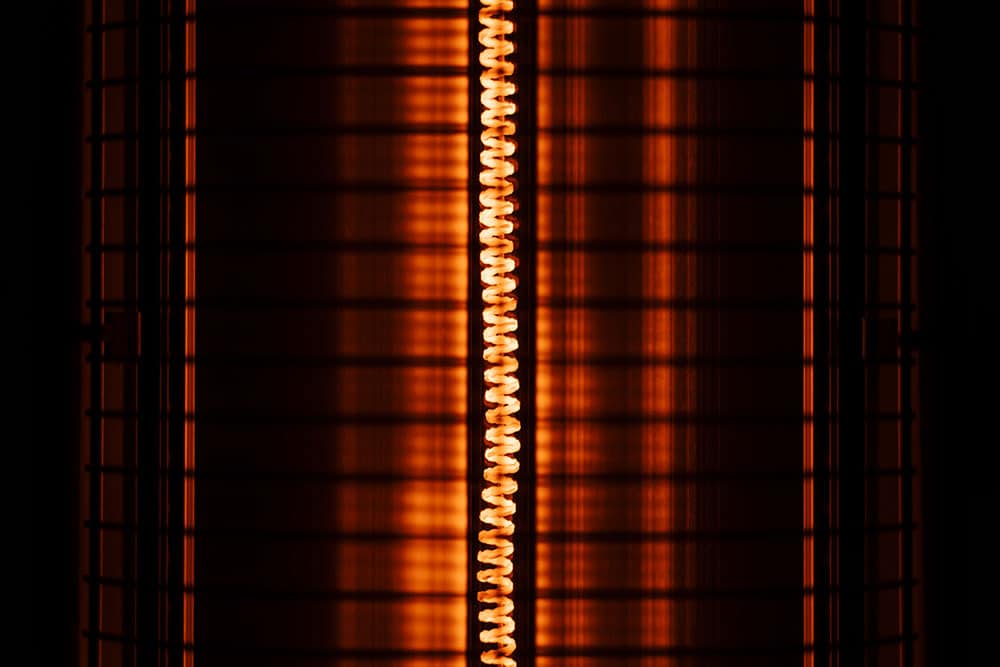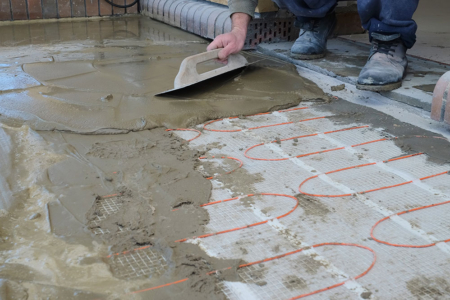Resistance wire is an alloy wire which produces some level of resistance to an electric current.
It is commonly used to create heat in a heating element - although, before the advent of solid-state controls, it was used to regulate the current in electrical circuits. Heating elements are found in space heaters, toasters, cookers and hair dryers.
Electrical resistance heaters are also used in many industrial environments including electric smelting furnaces and food processing machinery, as well as in the automotive sector for preheating components in internal combustion engines to reduce emissions when they start up.
The Resistance Of Wire Explained
By Stephen Holt, Technical Manager since 1996
Resistance Wire Applications
Resistance wires used in domestic applications tend to be smaller than in industry, because the heaters are both physically smaller and have lower power outputs. In some applications, the heating elements are made not from round wires but rectangular tapes, such as the porcupine heaters in tumble dryers.
The temperature range of the heating elements can also vary widely, from the gentle warming of an electric blanket, through the mid-range of heating processing equipment for plastic moulding, to the high temperatures needed to melt metal in electric furnaces. The alloys used in each case will need to suit the environment, although it is not uncommon to find a high-temperature alloy with a high resistivity used in a small, low-temperature heater because of the need to pack a lot of resistance in a confined space so it can run directly from the mains.
What Is Resistance Wire Used For?
Resistance wire is still used to make some resistors for electrical circuits (although there are many other forms of resistor).
Resistance wire is also used to make dynamic braking resistors in electrical braking systems for locomotives - which dissipate the excess energy and protect the electric motors from overvoltage damage.
However, the most common use for resistance wire now is for heating. Heating elements consist of resistance wires placed on, or in, an electrically insulating carrier. For low-temperature applications the wire can be embedded in a plastic, such as in a heating cable, and for high-temperatures the carriers tend to be ceramic. The resistance wires are spiralled or laid back and forth to concentrate the element, whilst still creating sufficient surface area to allow the heat to flow from the wire to the item to be heated.


Factors Affecting Resistance Wires
There are four main factors which affect the resistance of a wire which all need to be considered when calculating the overall resistance of wire.
- The material the wire is made from: The intrinsic resistivity of the material will determine the overall resistance. This is a material property and is unaffected by the geometry of the wire. For instance, a Copper-Nickel alloy will have a lower resistance (higher conductance) than a Nickel-Chrome-Iron alloy because its resistivity is lower.
- Length of the wire: Resistance is directly proportional to the length of the wire used. The longer the wire the higher the resistance.
- Diameter: The cross-sectional area of the wire has an inversely proportional relationship to the resistance. The thinner the wire, the higher the resistance.
- Temperature: Resistivity (and hence resistance) change when the wire is heated up. The metal atoms in the lattice vibrate more when heated and increasingly interrupt the flow of electrons as they travel along the wire.
Resistance vs Resistivity
Resistance and resistivity are related but they should not be used interchangeably as they are different measurements.
Resistivity is an intrinsic property of the metal. It is unaffected by the physical size of the conductor and is measured in a combined unit of resistance and size which can depend upon your locality.
Regularly used units include:
µOhm.cm - microOhm.centimetres
Ohm.m - Ohm.metres
circ.mil.Ohm/ft - circular mil Ohm/ft
The inverse of resistivity is conductivity which is often used as the preferred unit for wires used to carry electricity to your appliance, where it is important for them not to heat up.
By comparison, resistance is the overall electrical resistance of the particular wire size, length and alloy and includes the resistivity, length, temperature and cross-sectional area. Resistance is measured in Ohms. For use in design calculations, it is often expressed as a per-unit value of Ohm/m, or the resistance of 1 metre of wire.
Resistance is a consequence of the resistivity of the material; if you increase the resistivity by using a different alloy you will increase the resistance if the geometry of the wire remains the same.
Resistance Wire Types
Resistance wire types are created by using different combinations of metals to derive alloys with specific electrical properties. Commonly used alloys include high-temperature Iron/Chromium/Aluminium alloys, Nickel/Chromium alloys and lower temperature Copper/Nickel alloys.
Scott Precision Wire offers a wide range of resistance wire types meeting all your requirements, including:
- Resistance Copper: Pure copper wire manufactured to tight resistance specifications for low-temperature applications.
- Cupronic 2.5: A copper-based alloy with low resistivity suitable for low-temperature applications.
- Copper/Nickel alloys: Created for low to medium-temperature applications with good corrosion resistance.
- Kutherm 3 & 10: Copper based bronze alloys with elevated corrosion resistance and temperature resistance properties.
- Nickel/Iron alloys: Alloys with enhanced positive temperature coefficient properties for increased self-limiting effects.
- Stainless Steel 304L: A low to medium temperature resistance wire with high strength.
- Cromaloy 1: For good corrosion resistance in high-temperature applications
- Cromaloy 5: Good resistance to oxide scaling and suitable for a range of applications from industrial furnaces to domestic toasters.
- Cromaloy A: Great for high-temperature applications with good resistance to Sulphur corrosion.
For further information regarding Scott Precision Wire’s resistance wire types consult our technical data downloads, or speak to an expert member of our team directly.

Wire Resistance Calculator
The nominal resistance of a wire can be calculated using the following wire resistance equation, where:
ρ = Resistivity
l = Wire length
A = Cross-sectional area
Resistance (Ohms) = (ρ x l) / A
However, as resistivity and size units can be varied (Ω.m, µΩ.cm etc) for a round wire the following resistance of wire formula can be used:
ρ = Resistivity in µΩ.cm
l = Wire length in m
d = Solid Wire diameter in mm
Resistance (Ohms) = (ρ x l) / (25 x π x d²)
Please contact Scott Precision Wire for assistance if you would like help in calculating the right values for your application.
Connecting Wires within a Circuit
If the resistance wire is being used as a standard resistor in an electronic circuit, then copper or tinned copper wires can be used. Copper has one of the lowest resistivities and will, therefore, not add significant resistance to the circuit. If you are connecting a heating element then pure Nickel or the slightly stronger 2% Manganese Nickel will be needed to cope with the higher temperature the lead wires will experience. Lead wires must be large enough to carry the current drawn by the elements, with Nickel wires having to be in the region of double the cross-sectional area of copper wires because of their higher resistance.
It is also important to make sure the terminations are fixed firmly to avoid hotspots occurring which could be a fire risk.
Have a question or need some resistance wire? Get in touch to find out how Scott Precision Wire can help!



